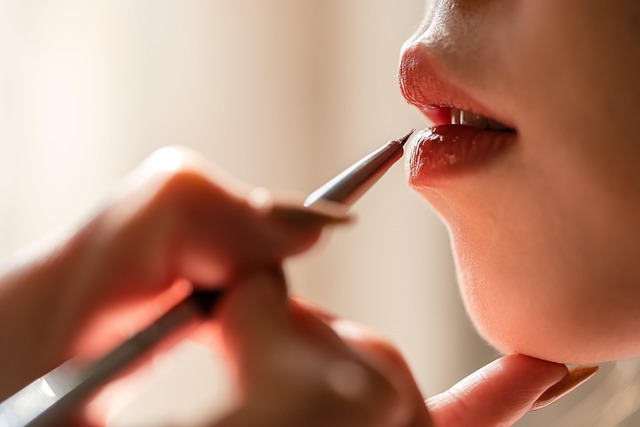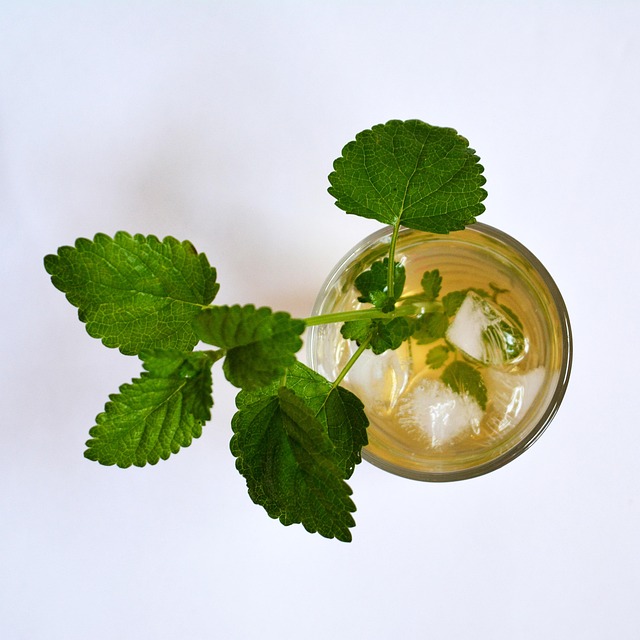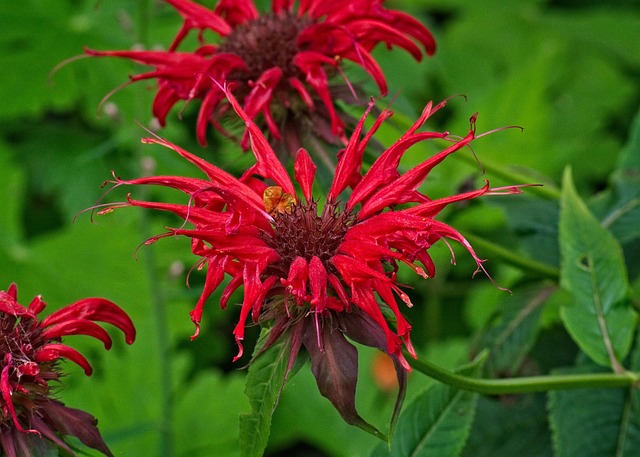Tinted lip balms provide a popular, natural alternative to lipstick, offering hydration and subtle color enhancement while protecting lips from damage. With customizable shades from nude to pinks and reds, these balms are ideal for everyday use or as a cosmetic base. As consumers become more aware of the health and environmental concerns associated with traditional lipsticks and tinted lip balms containing chemicals like parabens and synthetic dyes, there's a growing demand for organic alternatives. Organic tinted lip balms, enriched with shea butter, coconut oil, beeswax, and plant-based dyes, offer a healthier solution that benefits lips with hydration and anti-inflammatory properties.
“Uncover the secrets hidden within your favorite beauty staple—tinted lip balm. In this comprehensive guide, we explore what sets tinted lip balm apart from conventional lipstick. From understanding the concept of tinted protection to uncovering common chemicals and their potential impacts, this article is your journey towards informed decision-making. Learn how to choose safe, natural alternatives that not only enhance your look but also prioritize your well-being. Discover the power of switching to tinted lip balms for a healthier, vibrant pout.”
- What Is Tinted Lip Balm?
- Common Chemicals Found in Lipstick and Their Effects
- Choosing Safe and Natural Alternatives for Tinted Lip Balm
What Is Tinted Lip Balm?

Tinted lip balms are a popular alternative to traditional lipstick, offering both hydration and subtle color enhancement for lips. Unlike lipsticks that tend to have a more intense pigment, tinted balms provide a sheer, natural-looking sheen. These balms are designed to condition and protect lips while adding a touch of color, making them an ideal choice for everyday use or as a base before applying other cosmetic products.
The term ‘tinted’ refers to the subtle infusion of pigments into a moisturizing formula, resulting in a product that enhances natural lip tones rather than covering them entirely. This gentle approach ensures that lips remain comfortable and healthy while providing a customizable shade that can range from nude to soft pinks and reds, depending on personal preference.
Common Chemicals Found in Lipstick and Their Effects

Lipstick, a staple in many daily routines, contains a variety of chemicals that can have different effects on users’ health and the environment. Some common ingredients in lipsticks and tinted lip balms include parabens, used as preservatives; fragrance compounds, which may contain phthalates; and synthetic dyes, such as D&C and CI colors.
Parabens are controversial due to their potential hormone disruption, while phthalates, often found in fragrances, have been linked to reproductive issues. Synthetic dyes, despite being vibrant, can cause allergies and skin irritation. Moreover, some studies suggest that certain lipsticks and tinted balms may contain heavy metals like lead or manganese, which can leach into the body over time. These chemicals’ effects on health are a growing area of concern, prompting consumers to seek safer alternatives, such as natural or organic lip care products.
Choosing Safe and Natural Alternatives for Tinted Lip Balm

When considering your beauty routine, opting for safe and natural alternatives is a wise choice, especially when it comes to products that are in direct contact with sensitive skin like lipstick and tinted lip balm. Many commercial lipsticks contain chemicals that can be harmful over time, leading to potential health risks.
Choosing organic or naturally derived tinted lip balms ensures your lips remain healthy and hydrated while still providing a hint of color. These alternatives often include ingredients like shea butter, coconut oil, beeswax, and plant-based dyes, which not only nourish the skin but also offer a range of benefits, from moisturizing to anti-inflammatory properties.
Lipstick has long been a staple in cosmetic routines, but as awareness of ingredient safety grows, many are turning to alternative options like tinted lip balms. By understanding the common chemicals found in traditional lipstick and their potential effects, consumers can make informed decisions when choosing products. Opting for safe and natural alternatives ensures not only healthier lips but also contributes to a more sustainable and conscious beauty routine. So, why settle for potentially harmful ingredients when there are delightful, natural-based tinted lip balms available? Embrace the trend towards safer, ingredient-conscious beauty with these options at your fingertips.
